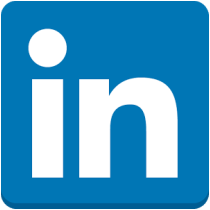By Dani DaviesSocial Media and Marketing coordinator at Freshfield Services Social media is rapidly becoming the quickest way to source talent for businesses. You may have used all of the job boards and websites you can think of, but looking for work on social media may be a completely new concept to you. With 92% of companies on social media, this may be your best option. But all social media platforms work very differently - so what should your strategy be for each one? 1. Facebook Facebook doesn't have to be used just to keep in touch with old university friends or to nose at your ex girlfriend's new partner. It's also a place where 15 million businesses advertise their products and latest job vacancies. The only problem with this, is that they can't reach out to potential candidates. That's where you come in...
2. Twitter Personally, Twitter is my favourite social media platform. It's so easy and quick to communicate with businesses and, if used properly, can give you more news and information about companies quicker than anywhere else. Here's some tips on how to use it when looking for your dream role...
3. LinkedIn LinkedIn is the obvious first choice when it comes to job searching. How do you get the most of this platform?
General Advice
0 Comments
Leave a Reply. |
Location |
Contact UsSwitchboard: 03331 123187
Email: info@freshfieldglobalservices. com Tectonic Place, Holyport Road, Maidenhead, Berkshire, SL6 2YE |
|
|



